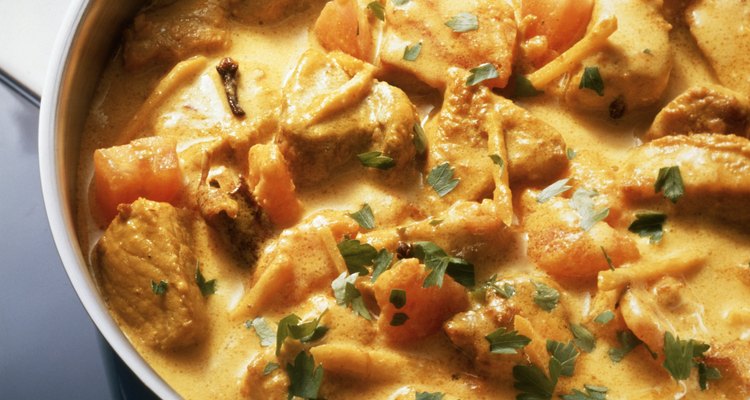
If you frequent Indian restaurants or are familiar with Indian vegetarian cuisine, you might have encountered malai kofta, vegetarian "meatballs" that are made from a mixture of cheese and vegetables. The kofta are typically served in a richly flavored, spiced sauce and are not short on calories, but they do offer potential health benefits.
Ingredients
Every recipe for malai kofta is different, but the veggie balls are most often made with a base of paneer, a crumbly Indian cheese that comes from milk curds. To make the kofta, you can combine paneer with potatoes, peas, other vegetables, fresh herbs and spices. Malai kofta is most commonly served with a savory sauce that includes tomatoes, onions, spices and sometimes cream or ghee, which is clarified butter.
Nutrition Facts
One serving of malai kofta is about 3.5 ounces. In that amount, you'll get about 175 calories, 13 grams of fat, 305 milligrams of sodium, 7.5 grams of carbohydrates, 6.5 grams of protein, 2.5 grams of fiber and 6.5 grams of sugar. Alternately, in a 10.5-ounce package of malai kofta that contains three serving sizes, you'll get 590 calories, 33 grams of fat, 1,300 milligrams of sodium, 60 grams of carbohydrates, 15 grams of protein, 3 grams of fiber and 3 grams of sugar.
Health Information
Although malai kofta is not inherently unhealthy, it is important to consider the nutrition facts of paneer, which makes up its foundation. In 3 ounces of paneer, you'll consume 300 calories, 23 grams of fat and 90 milligrams of cholesterol, which are relatively high amounts. For a healthy adult, MayoClinic.com recommends limiting daily fat intake to a range of 44 to 78 grams and keeping daily cholesterol intake under 300 milligrams. Consistently exceeding those amounts might elevate your risk of stroke, heart disease or other cardiovascular health problems.
Alternatives
When you're making malai kofta at home, you have considerably more control over what goes into it and what the nutrition facts are per serving. To make the kofta as healthy as possible, try limiting the amount of paneer you use and emphasizing vegetables during preparation. You can also cut down on fat and calorie counts in the sauce you use by limiting amounts of oil or butter and using a tomato base instead of a cream base.
Considerations
Restaurants don't always have nutrition information readily available, so if you're watching your total calorie intake or following a special diet, it can be a lot healthier to make your own malai kofta or buy a variety that comes with a nutrition label. As HelpGuide.org points out, restaurant and processed foods tend to have a lot more sodium, fat and calories than those you can prepare at home, so it can be worthwhile to take a bit of extra effort for improved health value.
Related Articles

How to Make a Cream of Crab and Pepper ...

How to Make Egg Foo Yung

Puerto Rican Baby Shower Foods
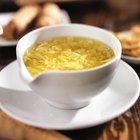
Calories in a Pint of Egg Drop Soup

How Much Is a Single Serving Size of a ...

Substitute for Gram or Besan Flour

How to Make Creamy Alfredo Sauce With ...

How to Make Fish Taco Sauce

What Else Could You Use Besides Cream ...

Can You Use Half & Half Instead of ...

Happy's Pizza Nutrition Information

Calories in Pimento Cheese
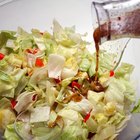
How to Store Homemade Salad Dressing

Ranch Packet Substitute
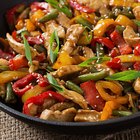
Calories in Moo Shu Vegetable

How to Freeze Tzatziki

How Long Can You Refrigerate Nacho ...
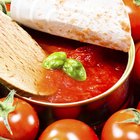
Canned Food That Is Gluten Free
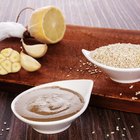
Calories in Tahini Sauce

How to Replace Milk and Butter in Baked ...
References
Writer Bio
Carly Schuna has been freelance writing and editing for more than a decade. In the lifestyle sector, her specialty areas are wellness, food/drink, and entertaining. With hundreds of recipes and nutrition-focused articles in her portfolio, Carly loves helping readers put a healthy spin on classics in the kitchen without sacrificing taste.
Photo Credits
Eising/Photodisc/Getty Images